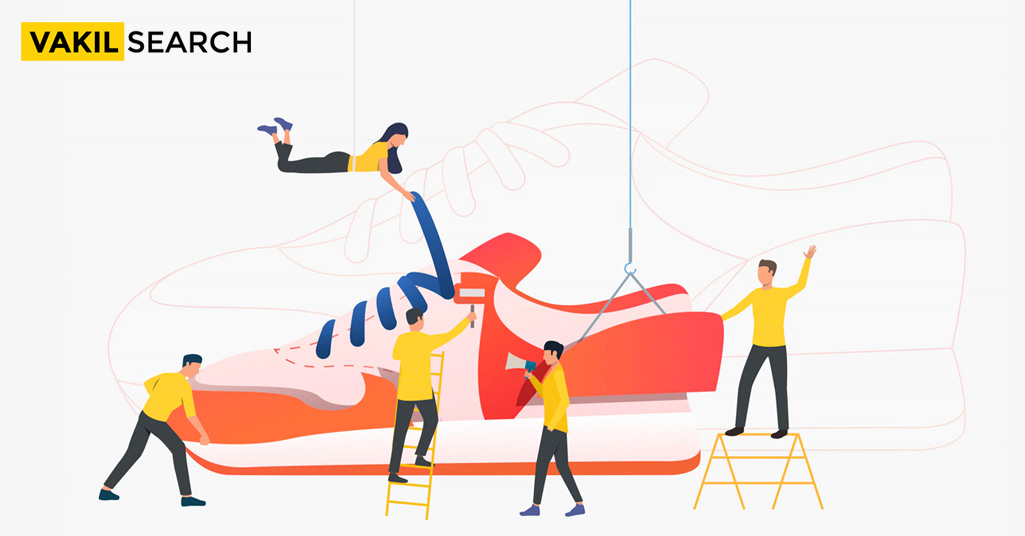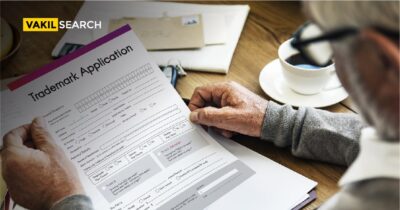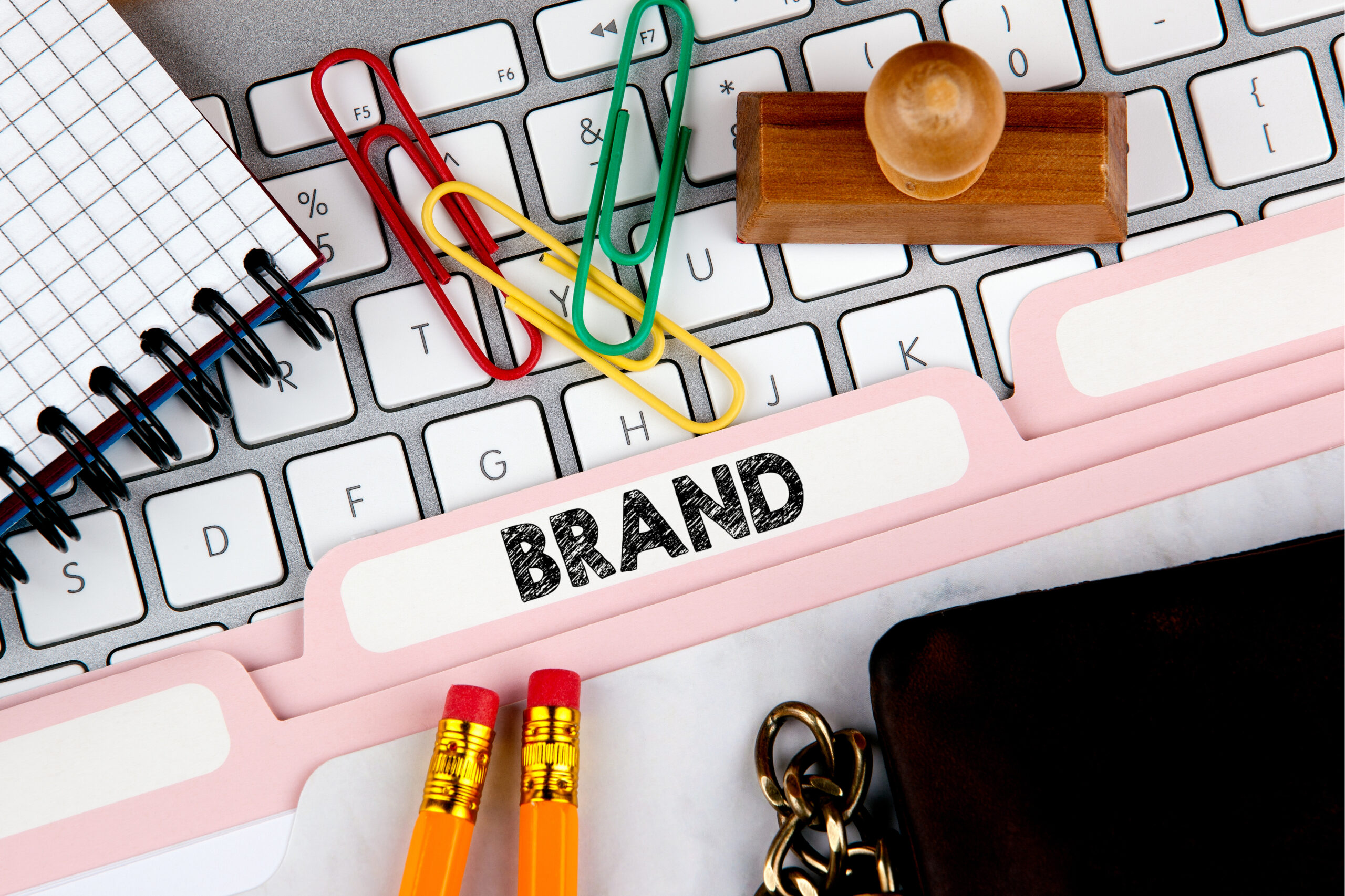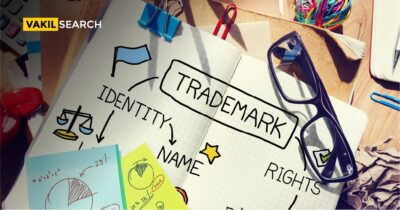The controller controls the expenditures associated with the Design Meet to Get Registered following the fourth schedule. Contact Vakilsearch
Introduction:
Trademarks and designs are both crucial forms of intellectual property protection that offer distinct benefits to businesses and creators. Trademark registration safeguards brand names, logos, or symbols, while design registration protects the ornamental features of a product. Understanding the difference between these two types of registrations is essential for individuals and businesses seeking to protect their intellectual property rights effectively. This comprehensive guide will delve into the dissimilarities between trademark and design registration, their scope of protection, and the legal framework governing them in India.
Trademark Registration in India:
A trademark is a unique symbol, word, phrase, or combination used to distinguish goods or services of one entity from those of others. Trademark registration in India provides exclusive rights to the owner, preventing others from using similar marks in a way that may cause confusion among consumers. The Trademark registration process involves filing an application with the Trademark Registry, and once registered, the protection typically lasts for ten years, renewable indefinitely.
Design Registration in India:
Design registration, on the other hand, pertains to the visual appearance or ornamental features of a product. It safeguards the shape, configuration, pattern, or ornamentation that enhances the overall appeal of an article. By registering a design, the creator or owner gains exclusive rights to prevent unauthorized copying or imitation of the design for a period of ten years, extendable for an additional five years.
Trademark Vs. Design:
The primary distinctions between trademark and design registration lie in their purpose, scope, and the aspects they protect:
Purpose:
- Trademark: The primary purpose of a trademark is to protect the brand identity and reputation of goods or services.
- Design: Design registration, on the other hand, focuses on safeguarding the visual appearance of a product.
Scope of Protection:
- Trademark: Trademark protection extends to the specific name, logo, or symbol used to identify the source of goods or services.
- Design: Design registration protects the unique ornamental features, shape, or configuration of a product.
Duration of Protection:
Trademark: Once registered, a trademark remains protected for ten years and can be renewed indefinitely.
Design: The initial protection for a registered design is ten years, with an option to extend it for an additional five years.
Subject Matter:
- Trademark: A trademark can be a word, logo, phrase, symbol, or a combination thereof.
- Design: Design registration pertains to the visual features of a product, such as its shape, pattern, or ornamentation.
Function:
- Trademark: Trademarks help consumers identify and distinguish between goods or services from different sources.
- Design: Design registration aims to protect the aesthetic appearance of a product, ensuring that it is not copied or imitated.
Can a Design be a Trademark?
In some cases, a design can also serve as a trademark if it meets the requirements for trademark protection. For example, if a unique and distinctive design is used to identify the source of goods or services, it may be eligible for dual protection as both a design and a trademark. However, it is essential to ensure that the design is not purely functional and has acquired distinctiveness in the market.
Conflict Between Design and Trademark:
A conflict between design and trademark can arise when the same design is used both for aesthetic purposes and to identify the source of goods or services. In such cases, it is essential to determine whether the design primarily serves a functional purpose or is intended to act as a trademark. If the design serves both purposes, it may be eligible for protection under both design and trademark laws.
Law of Trademark and Design:
In India, the law governing trademarks is primarily regulated by the Trade Marks Act, 1999, and its corresponding rules. The design registration is governed by the Designs Act, 2000, along with the Designs Rules, 2001. These laws provide the legal framework for filing applications, examination, registration, and enforcement of trademark and design rights in the country.
Conclusion:
In summary, trademarks and design registrations are two distinct forms of intellectual property protection, each serving its specific purpose. While trademarks safeguard brand identity and consumer perception, design registrations protect the aesthetic appeal and visual features of products. Understanding the differences between these forms of protection is crucial for individuals and businesses to ensure their intellectual property rights are adequately secured. In case of any confusion or potential conflicts between a design and a trademark, seeking legal advice is recommended to determine the appropriate course of action.
Also, Read:










